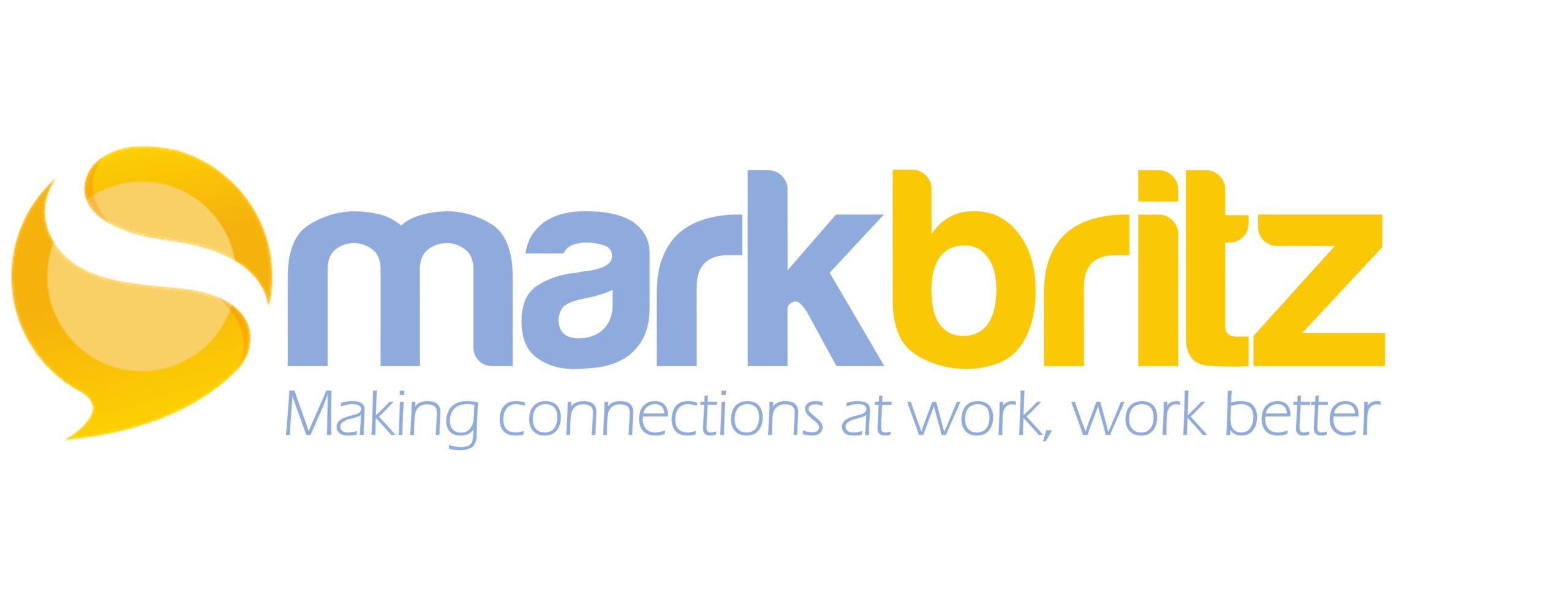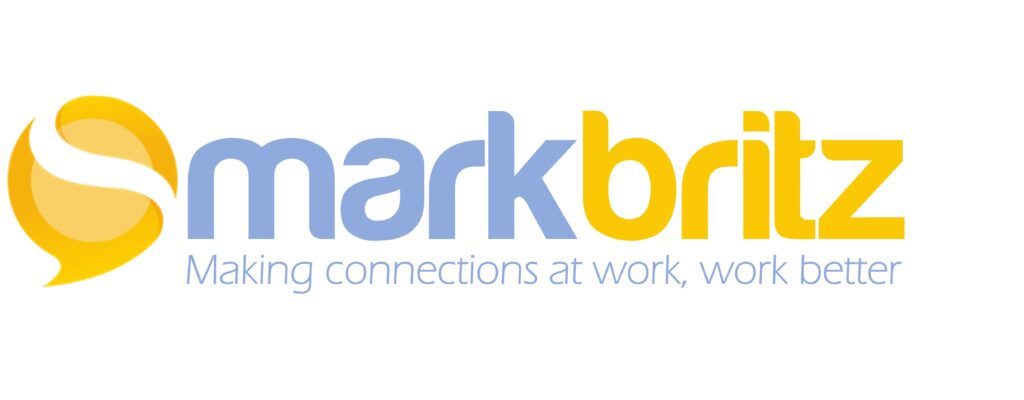 Learning in or as close to the actual context of the use of what has been learned has always been seen as ideal. In my mind I always picture OTJ learning situations and historically I see apprenticeships like those of a blacksmith or cobbler. Studies exist that support what we’ve always believed about this. For example, in a summarizing article from The Laymen’s Guide to Psychology: The Psychology of Learning: Context Matters – Where you learn is how you learn, we are reminded that if the location of a learning opportunity and the application of the learning are identical, we have better results than if they are opposite. The shortcoming here is that the study of learning was limited to what appears to be a paper-based quiz only. We can, however, take away the understanding that if the learning and performance contexts are the same or similar then more accurate application of the knowledge and or skill will take place.
Learning in or as close to the actual context of the use of what has been learned has always been seen as ideal. In my mind I always picture OTJ learning situations and historically I see apprenticeships like those of a blacksmith or cobbler. Studies exist that support what we’ve always believed about this. For example, in a summarizing article from The Laymen’s Guide to Psychology: The Psychology of Learning: Context Matters – Where you learn is how you learn, we are reminded that if the location of a learning opportunity and the application of the learning are identical, we have better results than if they are opposite. The shortcoming here is that the study of learning was limited to what appears to be a paper-based quiz only. We can, however, take away the understanding that if the learning and performance contexts are the same or similar then more accurate application of the knowledge and or skill will take place.
Designers aim to reproduce these environments in simulations, scenarios and games. However theses are artificial constructs and what will always be lacking in any of these approaches is human emotion and most specifically – Stress; the stress found in challenging work situations. Nothing can replace the real world “heat of the moment” to cement the understanding, application, and value of new knowledge. Think of the powerful stress related to meeting or missing a deadline, completing a task accurately or inaccurately, or solving a difficult problem that has financial or other business implications.
Stress is like the 350 degree oven that the batter must enter to become a cake. Without the heat it just doesn’t happen.
Two personal examples happened just this week that reinforced for me the importance of context and stress needed for learning. Both had the added and important element of performance support.
1. My Son is in Jiu Jitsu. A martial art that focuses on grappling (closely related to wrestling). In one exercise my son, age 7, is asked to grapple with other students his age in 3 minute events where other students watch and coaches hover. I have watched time and time again where in less intense situations his observational focus has wavered and his practice on a dummy or an adult coach has been lackadaisical. Lets say he picked up 30% at best of a new move from these events. However the focus and attention is amazing when he is in a do-or-tap out situation where he is straining to break free or counter an aggressive move. His coaches stand over him communicating instructions and physically adjusting hands, arms and legs when locked in combat and encouraging positive outcomes. Because of these events he never seems to forget the technique the next time. The emotional and physical discomfort seems to awaken ancient survival instincts of learning.
 2. Out for a run Saturday morning, my pace a bit more hastened than normal… I was in my 3rd mile when I happened along and began chatting with another runner going at a similar pace. Being a relative novice, we began a general “runner get-to-know me” where I learned of his extensive history of running. He spoke of injuries and how he over came them. He spoke of significant events and his approach to training for them. I began more to notice his posture as we climbed a hill and how he ran more hands lower, feet shuffling (think cross country skiing) rather than my galloping approach. I began to emulate it immediately and I felt the difference as I more easily crested the hill with him. I immediately applied an achilles tendon stretch he suggested at the end which made a huge difference in my recovery. We were in the heat of the running moment, my receptors of his expert advice more acutely attuned and my recall exceptional the following day as I reapplied the ideas.
2. Out for a run Saturday morning, my pace a bit more hastened than normal… I was in my 3rd mile when I happened along and began chatting with another runner going at a similar pace. Being a relative novice, we began a general “runner get-to-know me” where I learned of his extensive history of running. He spoke of injuries and how he over came them. He spoke of significant events and his approach to training for them. I began more to notice his posture as we climbed a hill and how he ran more hands lower, feet shuffling (think cross country skiing) rather than my galloping approach. I began to emulate it immediately and I felt the difference as I more easily crested the hill with him. I immediately applied an achilles tendon stretch he suggested at the end which made a huge difference in my recovery. We were in the heat of the running moment, my receptors of his expert advice more acutely attuned and my recall exceptional the following day as I reapplied the ideas.
Both examples were social; observational, conversational and physical. Additionally they involved expertise; one by design, one by happenstance. They were as real as real learning can be. Each was rich with experience, practice, conversation, and reflection and both were frankly stressful with mind and muscle engaged.
Nick Shackleton-Jones wrote for ASTD recently about “Challenges” in his post How We Learn. My take away from his piece reinforced the fact that Learning Professionals must focus more on helping workers overcome challenges while in their work, not creating challenges outside of it. No game, simulation, scenario-based elearning or classroom role play can compete with the social, stressful, real-world environments of our work. Beyond initial formal learning our greatest opportunity to be most effective is not in courses or classes but at our computers, at our desks, in the field, and on the floor.
Today most employees have Managers, Directors or Supervisors. Each of these titles are reminiscent of a bygone age and pertain to oversight, responsibility and control not of support and assistance. Furthermore the most successful producers are often tapped to ascend to these roles not necessarily those best at helping others overcome challenges. This must change. Workers today face rapidly evolving environments and must perform with often geographically dispersed and fluid teams. Social Media enabled networks are a critical piece to the performance puzzle but merely connecting with others is not enough. Learning professionals can serve organizations better by guiding, modeling, and promote the best principles of effective coaching and mentoring in these networks, helping skilled people support their employees success in the heat of the moment where real learning is happening, where the real work is getting done.

